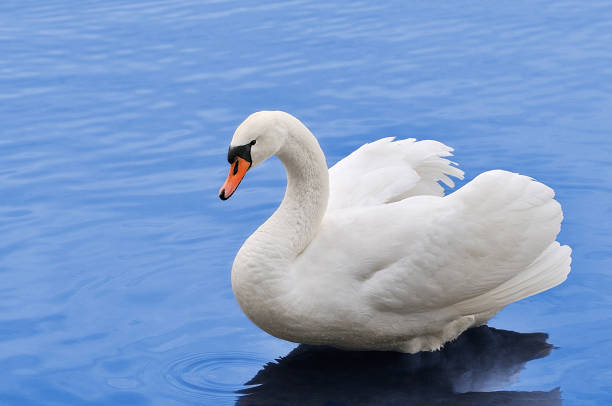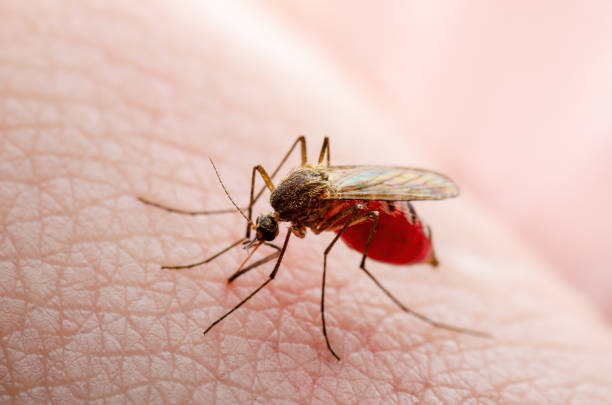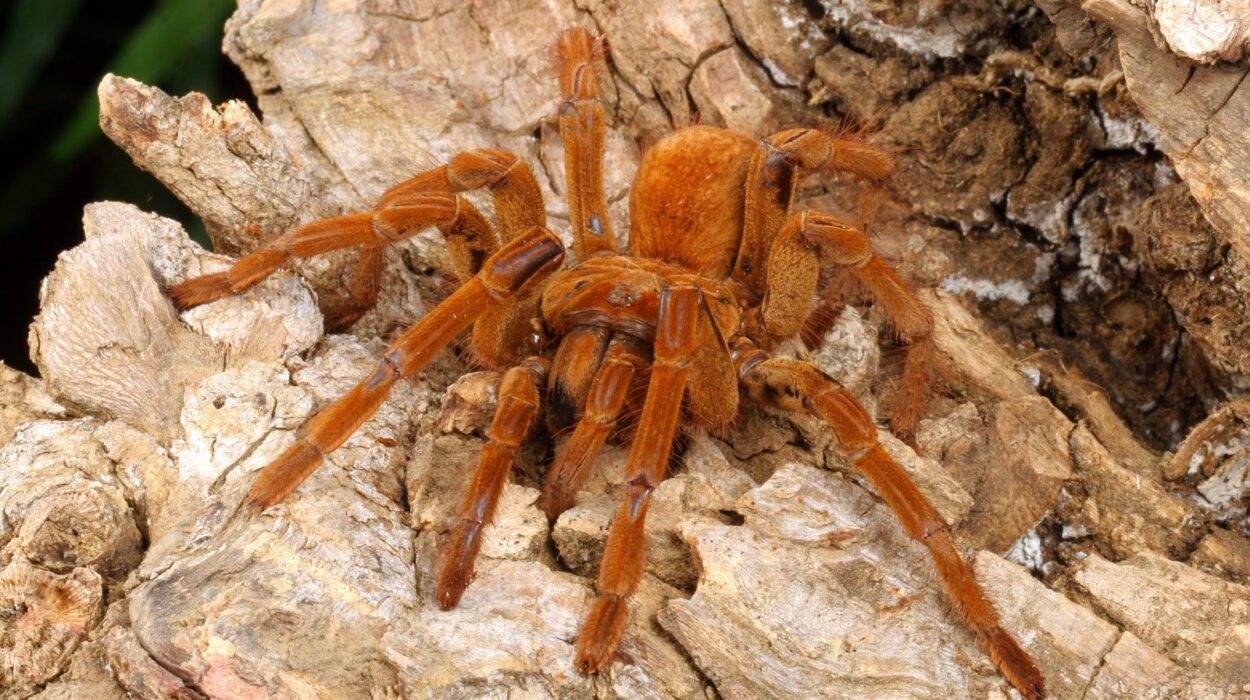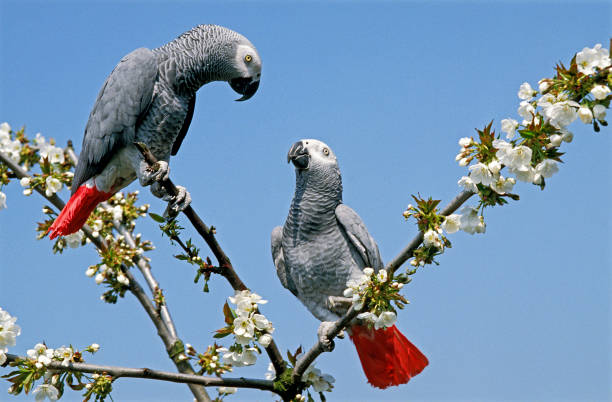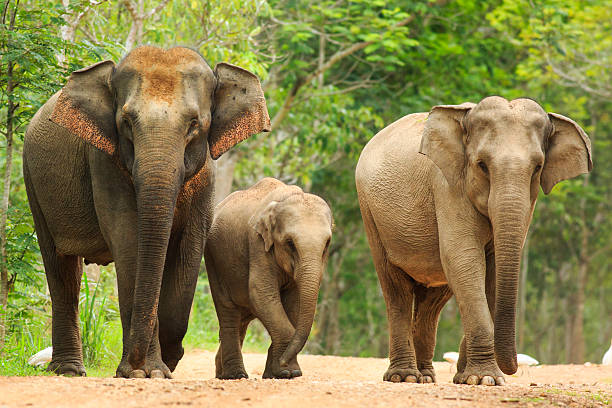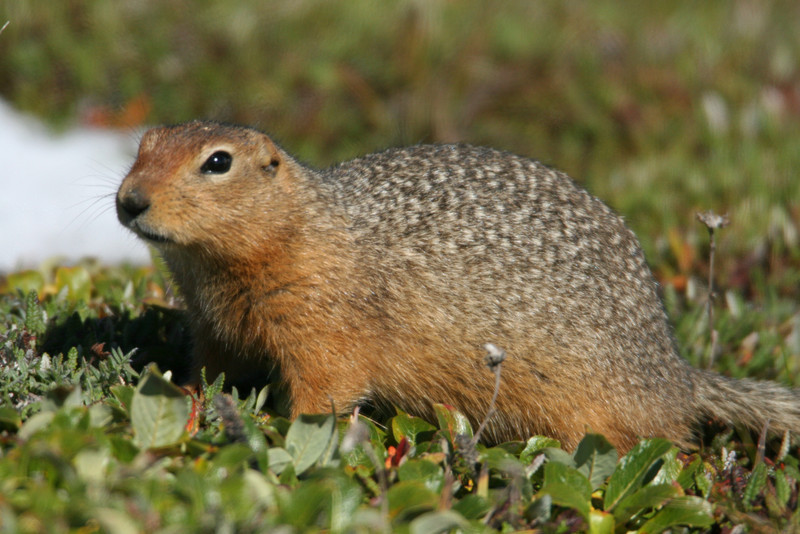In the wild, where survival often seems cold and merciless, love still blooms—quietly, fiercely, beautifully. Some animals form partnerships that last not for a season or a year, but for life. They court, raise young, and grow old together. Their fidelity defies the harshness of nature and touches something deeply human in us.
Monogamy in the animal kingdom is rare. Out of the millions of species on Earth, only a small fraction stay truly faithful to one partner. Yet those that do demonstrate devotion, teamwork, and emotional intelligence that seem to transcend instinct. From birds that sing duets to mammals that mourn a lost mate, these creatures remind us that love is not only a human invention—it is a universal force that binds life itself.
Here are ten extraordinary animals that mate for life, their stories as timeless and beautiful as the stars they live under.
1. Swans – The Embodiment of Grace and Loyalty
Few creatures have captured the human imagination like swans. Their elegance gliding across still waters is mesmerizing, but their emotional depth makes them legendary. Swans have long symbolized love and purity—and not without reason.
Most swan species, including the iconic Mute Swan and the Whooper Swan, form lifelong pair bonds. Once they find their partner, they stay together year after year, often returning to the same nesting site to raise their young.
Their courtship is a ballet of devotion. Two swans will swim toward each other, bowing their heads in perfect synchrony. Sometimes, they entwine their necks into the shape of a heart—a gesture so tender it has become a symbol of eternal love in art and poetry.
But their love story goes beyond romance. Swans are fiercely protective parents, taking turns incubating eggs and guarding cygnets. If one mate dies, the survivor may grieve visibly, sometimes remaining alone for years. Their commitment, carved into instinct and affection, reminds us that love—true love—can indeed last a lifetime.
2. Wolves – The Loyal Hearts of the Wilderness
In the silence of snow-covered forests, the call of a wolf is not just a signal of the hunt—it’s a song of connection. Wolves are deeply social animals that live in packs led by an alpha pair, who are usually lifelong mates.
Their bond is built on trust, cooperation, and respect. The alpha male and female hunt together, raise pups together, and make every major decision for the pack as equals. When separated, they call to one another across miles, their howls harmonizing in haunting, intimate duets.
Scientists observing wolves have noted gentle moments that mirror human affection—nuzzling, licking faces, playful chasing, and sleeping close together. They show jealousy when rivals approach and distress when their partner is threatened.
To a wolf, love is not about dominance—it’s about partnership. Their enduring loyalty to their mate is a living testament that even in the most primal corners of nature, devotion thrives.
3. Albatrosses – The Lovers of Endless Skies
High above the world’s oceans, where the wind never rests and the horizon stretches forever, the albatross glides—majestic, tireless, and faithful.
These seabirds are known for their long-distance migrations, traveling tens of thousands of miles across open water. But no matter how far they wander, they always return to the same partner.
When courting, albatrosses perform elaborate dances involving head-bobbing, wing-spreading, and synchronized calls. These rituals can go on for years before a pair finally bonds—a slow, deliberate choosing of a soulmate. Once bonded, they reunite each breeding season, even after months or years apart.
Their loyalty is so strong that scientists studying them often describe their relationships as “marriages.” Albatross pairs raise chicks together, taking turns flying immense distances to gather food. The strength of their partnership ensures the survival of their offspring in one of the harshest environments on Earth.
To see two albatrosses meet again after months of solitude—greeting one another with dance and song—is to witness nature’s most poetic version of love.
4. Beavers – The Architects of Family Life
Beneath calm rivers and mirrored ponds, beavers build more than dams—they build homes, families, and enduring partnerships.
Beavers are famously industrious, but their work is not just for survival; it’s for love. Mated pairs construct intricate lodges together, complete with underwater entrances and cozy chambers for their kits. These lodges stand as physical embodiments of teamwork, their walls strengthened by mutual care.
Beavers mate for life, sharing parenting duties equally. The male and female take turns watching over their young, repairing the lodge, and gathering food. When danger approaches, they warn each other with a sharp slap of the tail before retreating together to safety.
Even outside of breeding seasons, pairs remain close—grooming each other, sleeping side by side, and reinforcing their bond daily.
In a world that rewards self-interest, beavers remind us that love, like a dam, is strongest when built together, branch by branch, day by day.
5. Penguins – The Lovers of the Ice
On the frozen plains of Antarctica, where the cold could freeze breath midair, warmth still finds a way—within the hearts of penguins.
Emperor Penguins, in particular, are icons of devotion. Each year, they undertake a perilous journey across the ice to find their partner, guided by memory and instinct. Once reunited, they share a touching display of affection—bowing, chirping, and gently brushing their beaks together in greeting.
After mating, the female lays a single egg and carefully transfers it to the male, who cradles it on his feet beneath a fold of skin to keep it warm. For months, through blizzards and starvation, the male guards the egg while the female returns to the sea to feed. When she comes back, they find each other among thousands, recognizing each other’s voices amidst the chaos.
Some penguin pairs reunite year after year, their loyalty echoing across the frozen silence. Their love, carved into the ice and wind, is one of nature’s most touching testaments to endurance and unity.
6. Bald Eagles – The Winged Soulmates
High in the skies of North America, the bald eagle—symbol of strength and freedom—is also a symbol of loyalty. These magnificent raptors form lifelong bonds, returning to the same nesting territory each year to rebuild and renew their partnership.
Their courtship is breathtaking to witness. Eagles perform aerial displays, locking talons mid-flight and spiraling toward the ground in a daring “cartwheel” dive before separating at the last possible moment. It’s both a test of trust and a declaration of unity.
Together, they build enormous nests, some reaching ten feet across and weighing over a ton. Both parents share the duties of incubating eggs and feeding eaglets. Their teamwork ensures their chicks’ survival in a world where every flight carries risk.
Even in the vast wilderness, eagles remain connected. When one partner dies, the survivor may spend years alone before choosing another mate—if at all. Their bond, like their wingspan, is immense and enduring.
7. Gibbons – The Singing Lovers of the Rainforest
In the lush rainforests of Southeast Asia, gibbons swing gracefully through the treetops, their voices rising in haunting, melodic duets that echo for miles. These songs are more than music—they are love songs, declarations of devotion between lifelong partners.
Gibbons are among the few primates that are truly monogamous. A male and female form a strong bond, maintaining it through daily grooming, playful chases, and, most famously, singing together. Their duet serves as both a territorial warning and a celebration of their union.
When a gibbon couple calls, their harmonized notes intertwine so beautifully that distinguishing one from the other becomes nearly impossible—just like their lives. They raise their young together, teaching them to navigate the canopy and communicate through song.
In a world of fleeting connections, gibbons remind us that love is an art of patience, trust, and melody shared in the heart of the jungle.
8. French Angelfish – The Devoted Guardians of the Reef
Beneath the shimmering waters of tropical reefs, French Angelfish glide side by side, inseparable partners in an underwater waltz. These strikingly beautiful fish—adorned in deep blues and golds—form lifelong pairs, sharing everything from territory to food.
Unlike many fish that gather in schools, French Angelfish remain in pairs, fiercely defending their coral territory from intruders. They are always seen swimming together, mirroring each other’s movements with remarkable synchronicity.
Their bond is practical as well as emotional. Together, they patrol their reef home, hunt for sponges, and fend off rivals. When one rests, the other stands guard.
Scientists believe their partnership provides both protection and efficiency, but to those who watch them glide in harmony, it’s hard not to see affection—a love story told in silence and motion beneath the sea.
9. Barn Owls – The Silent Soulmates
When night falls and the moon rises, the haunting call of the barn owl carries through the darkness. These ethereal birds, cloaked in soft feathers and mystery, are among the most devoted partners in the avian world.
Barn owls mate for life, sharing nests and responsibilities year after year. Their courtship begins with the male offering gifts of prey, followed by a graceful aerial dance. Once paired, they maintain their bond through gentle preening, soft calls, and constant cooperation.
The female incubates the eggs while the male hunts tirelessly, delivering food to his family throughout the night. Even after their chicks fledge, the pair often stays together, strengthening their partnership with each new season.
Their communication is subtle yet profound—hushed screeches, affectionate touches, and unspoken understanding. In the quiet of the night, the barn owl’s devotion whispers that even in silence, love can be the loudest thing of all.
10. Sandhill Cranes – The Dancers of Devotion
In the golden light of dawn, across the wetlands of North America, Sandhill Cranes perform one of the most breathtaking dances in the animal world. With wings outstretched and voices ringing through the air, they leap, bow, and spin—celebrating love, reunion, and life itself.
These elegant birds mate for life, forming pairs that endure through migration, storms, and years. Their courtship dance is not just a ritual for mating—it’s a lifelong reaffirmation of connection. Even after many seasons together, they still dance, as if each sunrise renews their vows.
Cranes communicate through resonant, trumpet-like calls that can carry for miles. When partners call together, their voices intertwine in perfect harmony—a duet of fidelity.
They share every task: building nests, incubating eggs, and caring for their young. When one is injured, the other stays near, offering companionship and protection. Their relationship is not only romantic—it’s spiritual, a balance of strength and tenderness.
The Science of Love in the Wild
Why do some animals choose monogamy while others do not? Biologists have long studied this question, and the answers reveal both practicality and poetry.
In many species, lifelong pair bonds offer evolutionary advantages. Raising young together increases survival rates. Shared territory provides stability. Emotional attachment—yes, real emotional attachment—strengthens cooperation.
Hormones like oxytocin and vasopressin, which play a role in human love and bonding, are found in many animals that mate for life. When these chemicals are released, they reinforce trust, comfort, and attachment between partners.
But science alone cannot capture the full wonder of what these animals share. To watch a swan guard its mate, a penguin endure months of cold for its chick, or a gibbon sing to its partner under a rising sun is to witness something universal—a language older than words, written in instinct and devotion.
The Poetry of Partnership
The animals that mate for life are not merely anomalies of nature—they are mirrors of our own hopes. They show us that loyalty is not weakness, that affection is not luxury, and that connection is as vital as air or water.
Their bonds are built not on fleeting pleasure but on rhythm—reunion, cooperation, forgiveness. A dance, a song, a shared gaze across the years.
In every ecosystem, love finds its own shape: a duet between gibbons, a frozen vigil between penguins, a heart-shaped bow between swans. These stories remind us that love is not bound by species or words—it’s a universal current flowing through all living things.
To love and be loved, to trust and to return—that is the truest instinct of all.
